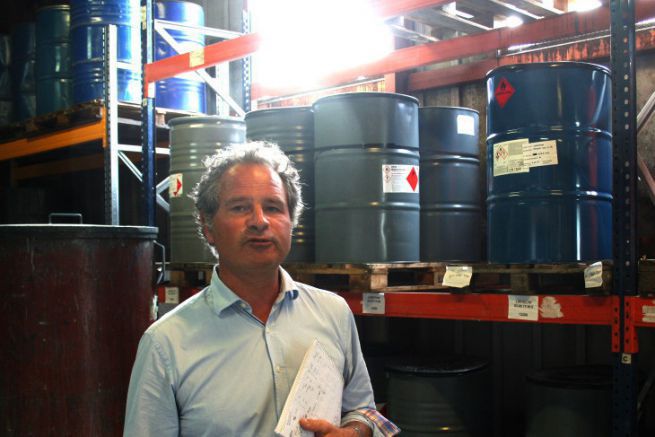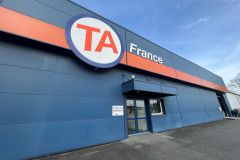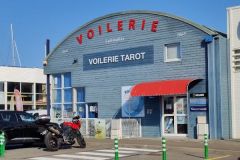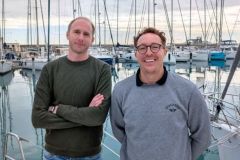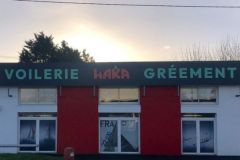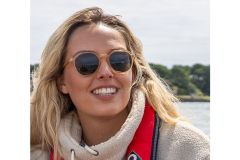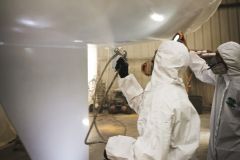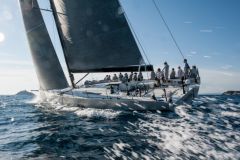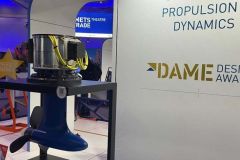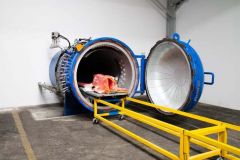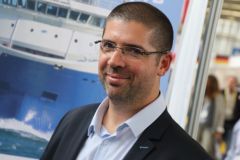Back at the head of the family business with his brother since September 2016, Gregory Florin answers questions from BoatIndustry on the development of the VMG Soromap group.
Can you remind us the main activities of VMG Soromap?
Soromap was created by my father as a shipchandler on the port of La Rochelle, to supply fishing boats. Initially a paint dealer, we became producers. Today, this is the activity of SPV (Soromap Peinture et Vernis), which also distributes Milesi varnishes. More recently, the group launched VMG Soromap for Voile Mât Grigement. The entity produces masts in Rochefort, but also all the peripherals linked to rigging in our factory in Tunisia. It also cuts fabric for sailmakers.
What are the main challenges ahead for Soromap's paint division?
It is necessary to work on the future of marine paints and antifoulings. It's a strategic choice. We need to find a product that organisms do not adhere to, but that does not kill them. We are working on a solvent-free and biocide-free paint, which is already being tested on boats in the warm and cold waters of the far north. We work with Ifremer and major industrialists. There are many issues related to navigation time and stranding to deal with. We have invested 50 €0 000 € over 3 years to approve our products with the new regulations. The R&D program represents 10 to 50 € k? per year to develop new paint formulations. Partnerships are needed to support and share these development costs. The current technical tracks are inspired by the mechanisms observed in nature in the lotus flower or cactus.

Commercially, there is also an antifouling market in original equipment which has developed with the growth of the multihull, where the boats are launched directly by the yard. We need to gain market share from the specialized subcontractors who apply these paints on catamarans.
What are VMG Soromap's future plans for rigging?
The purchase of a die for the production of a mast profile is a big investment which represents 50 € to 60 € k?. We invested in the catamaran at the right time, which places us in 2nd position on the multihull market, which represents 85% of our activity. Historically, we have been opportunistic. I now have a real will to push innovation. It is necessary to start from the use and to reflect on the materials.

We have also invested in a new 3 meter wide cold cutting machine for sail fabrics. This gives us an advantage in this market.

